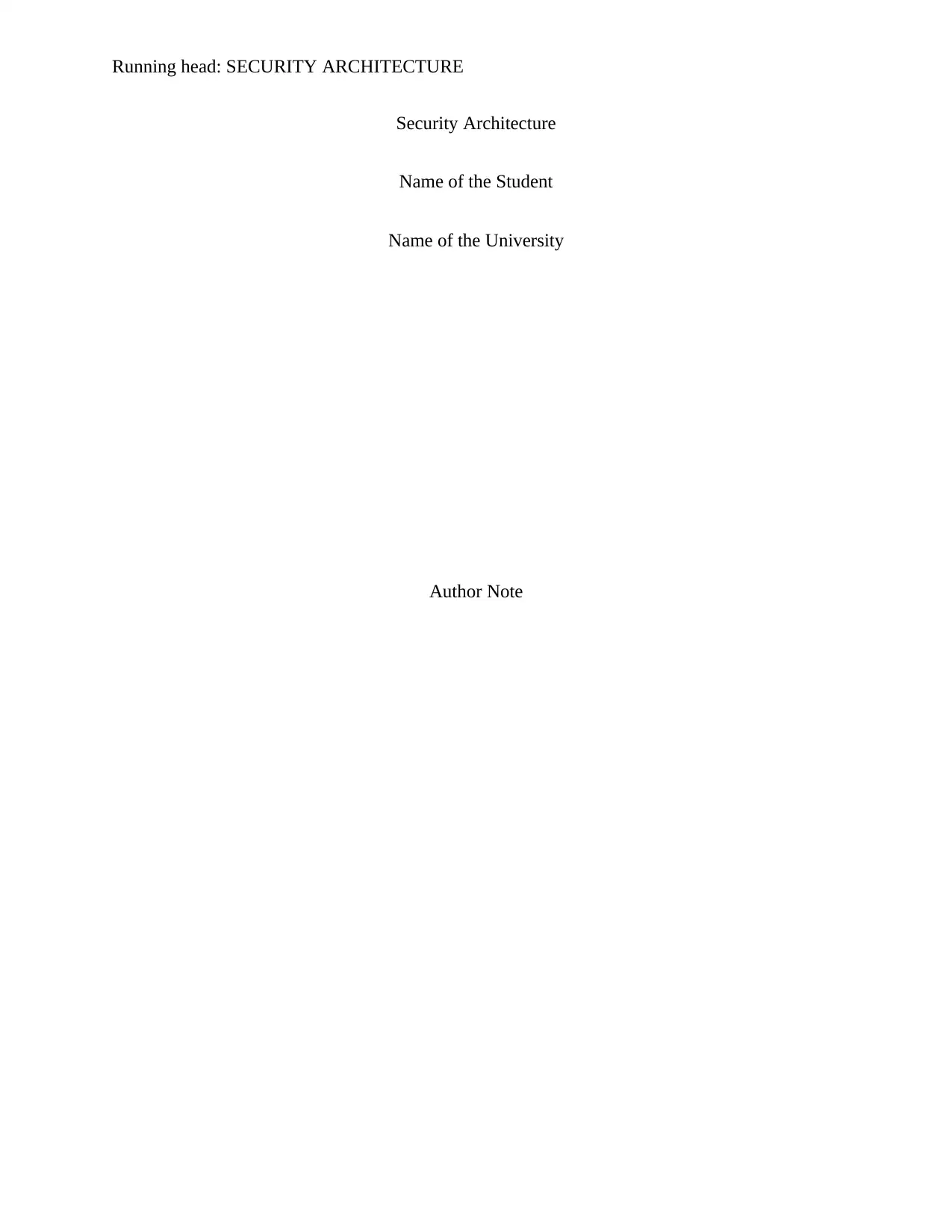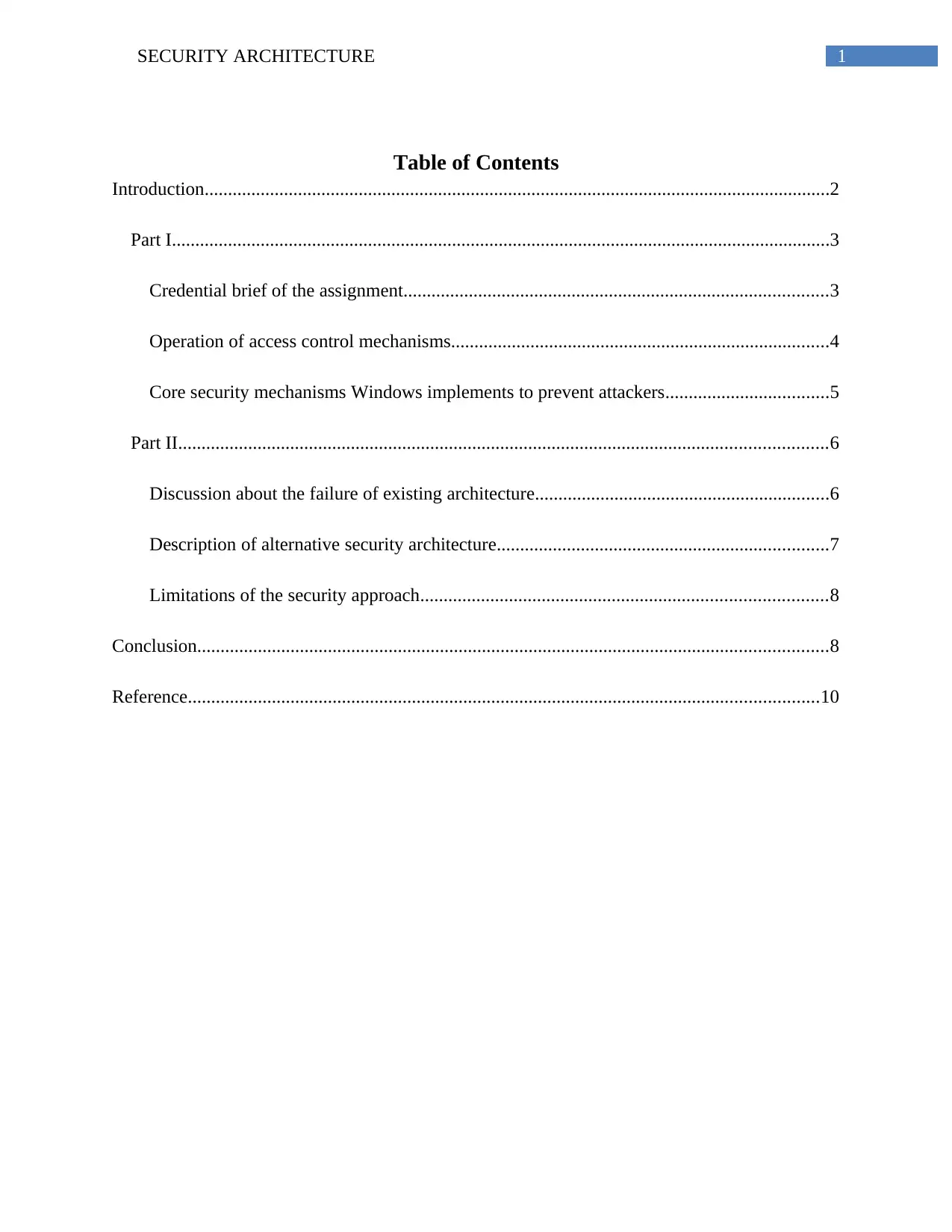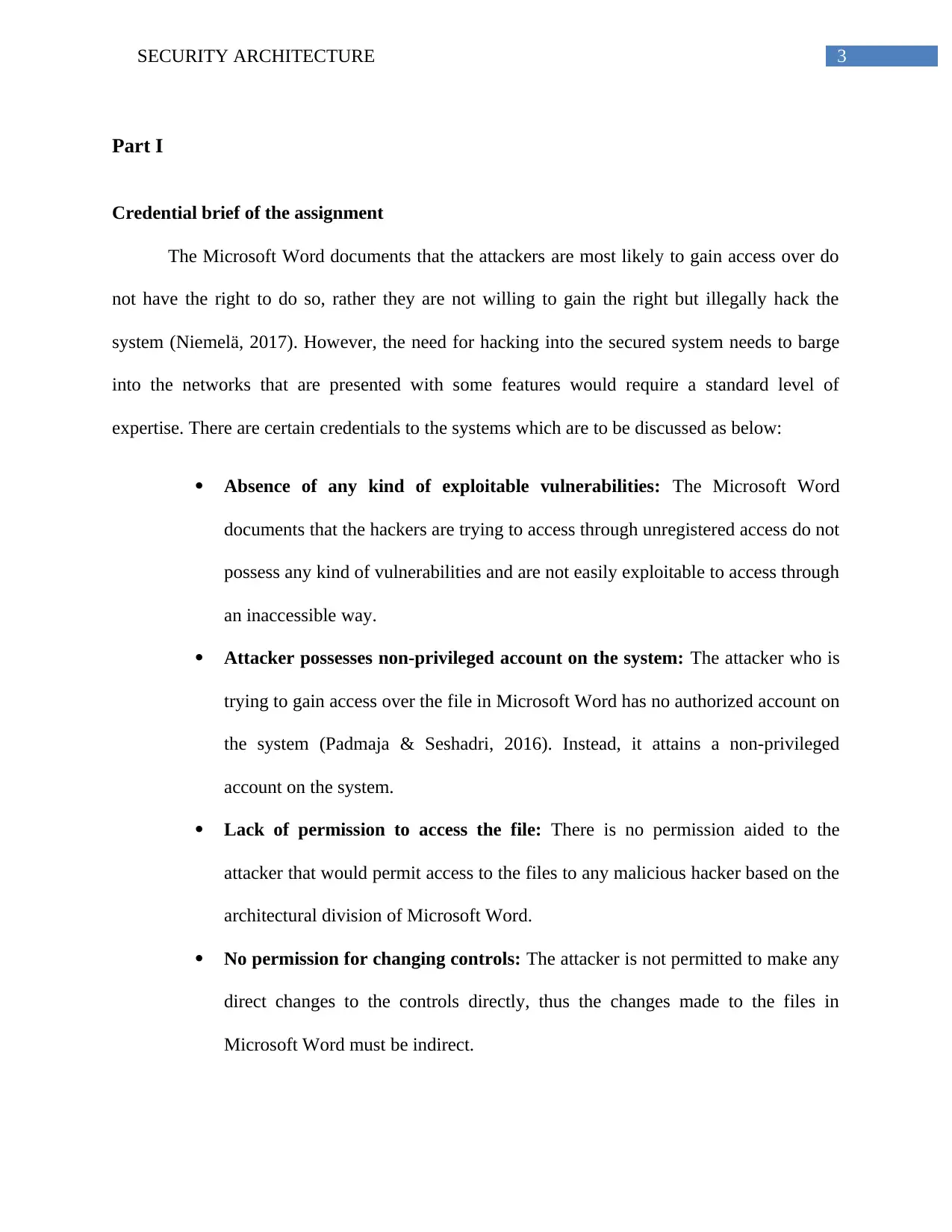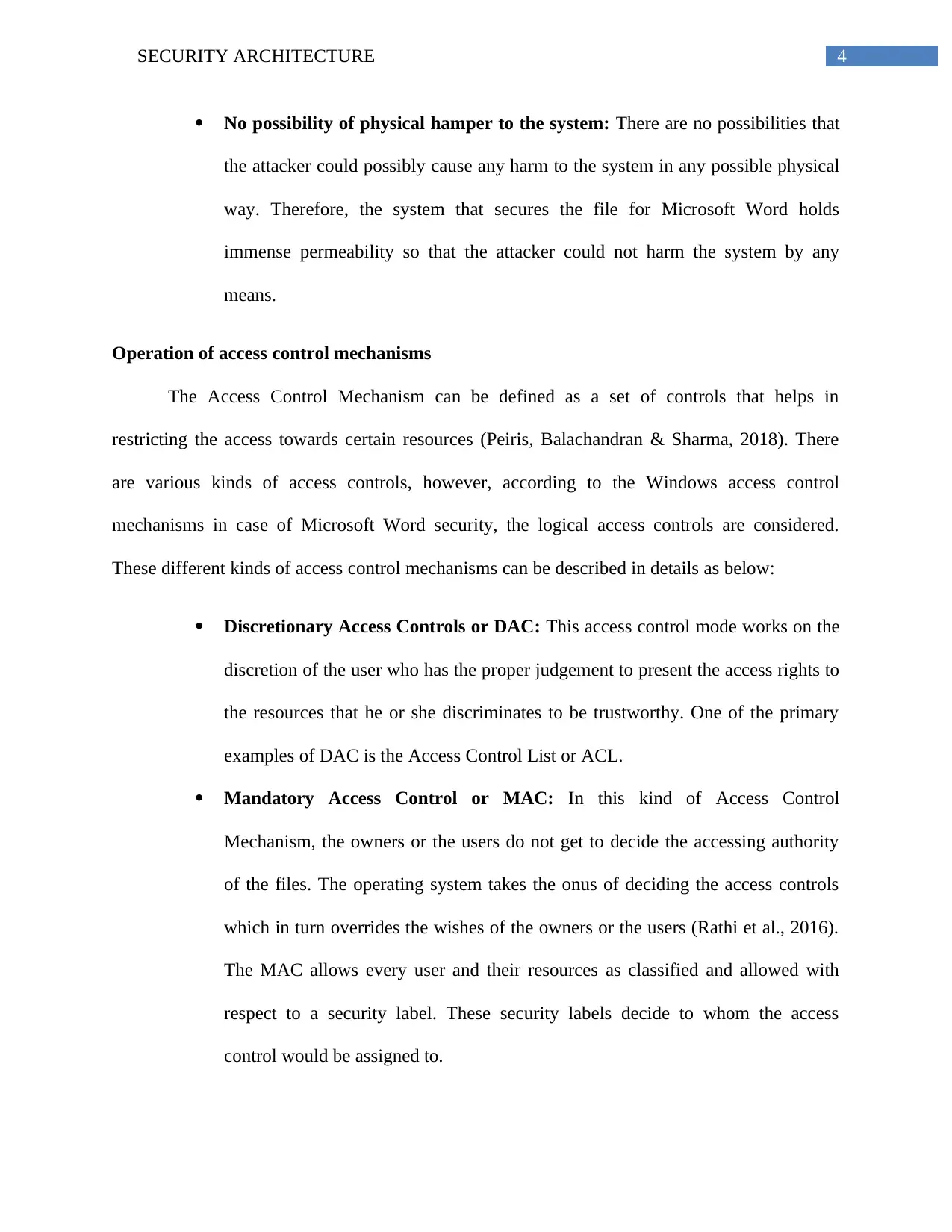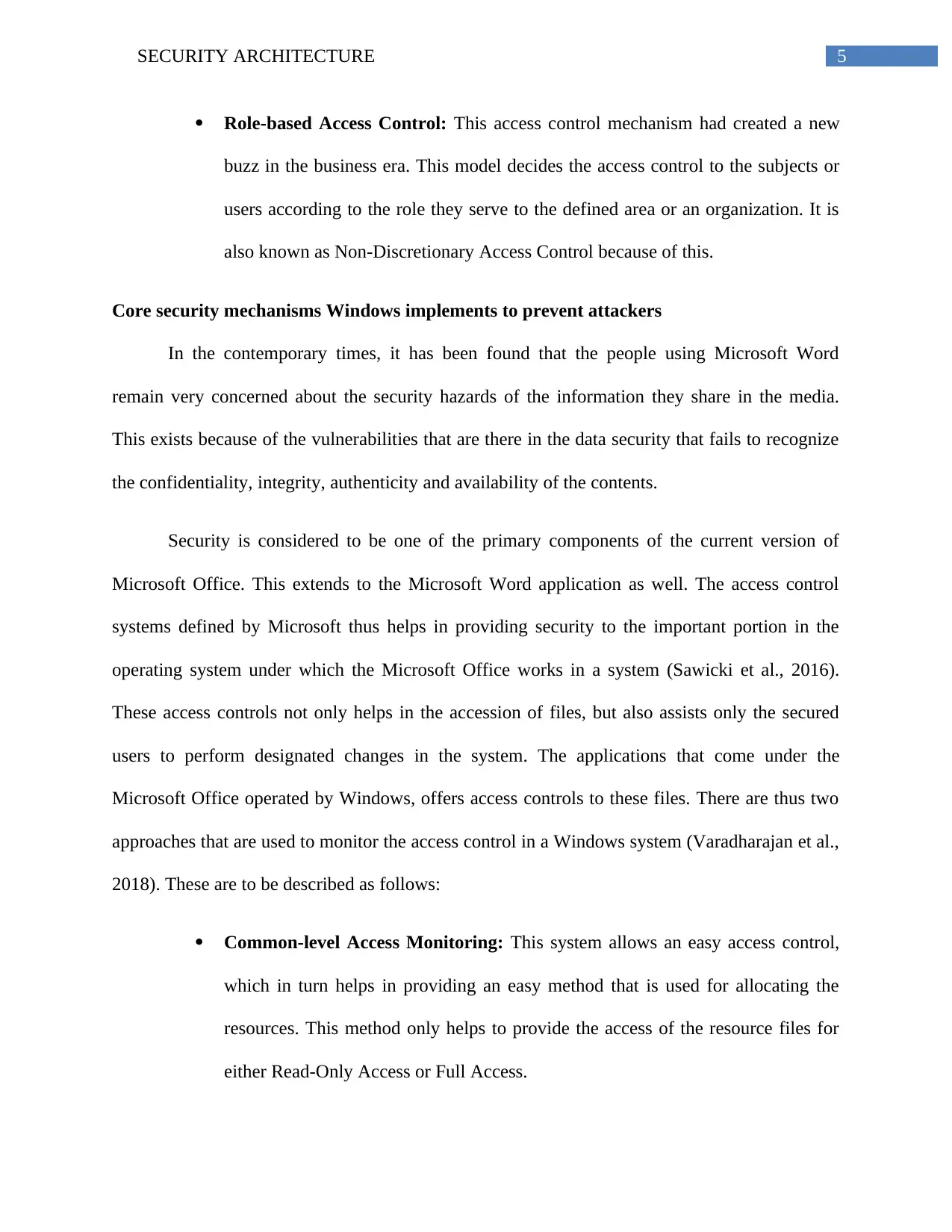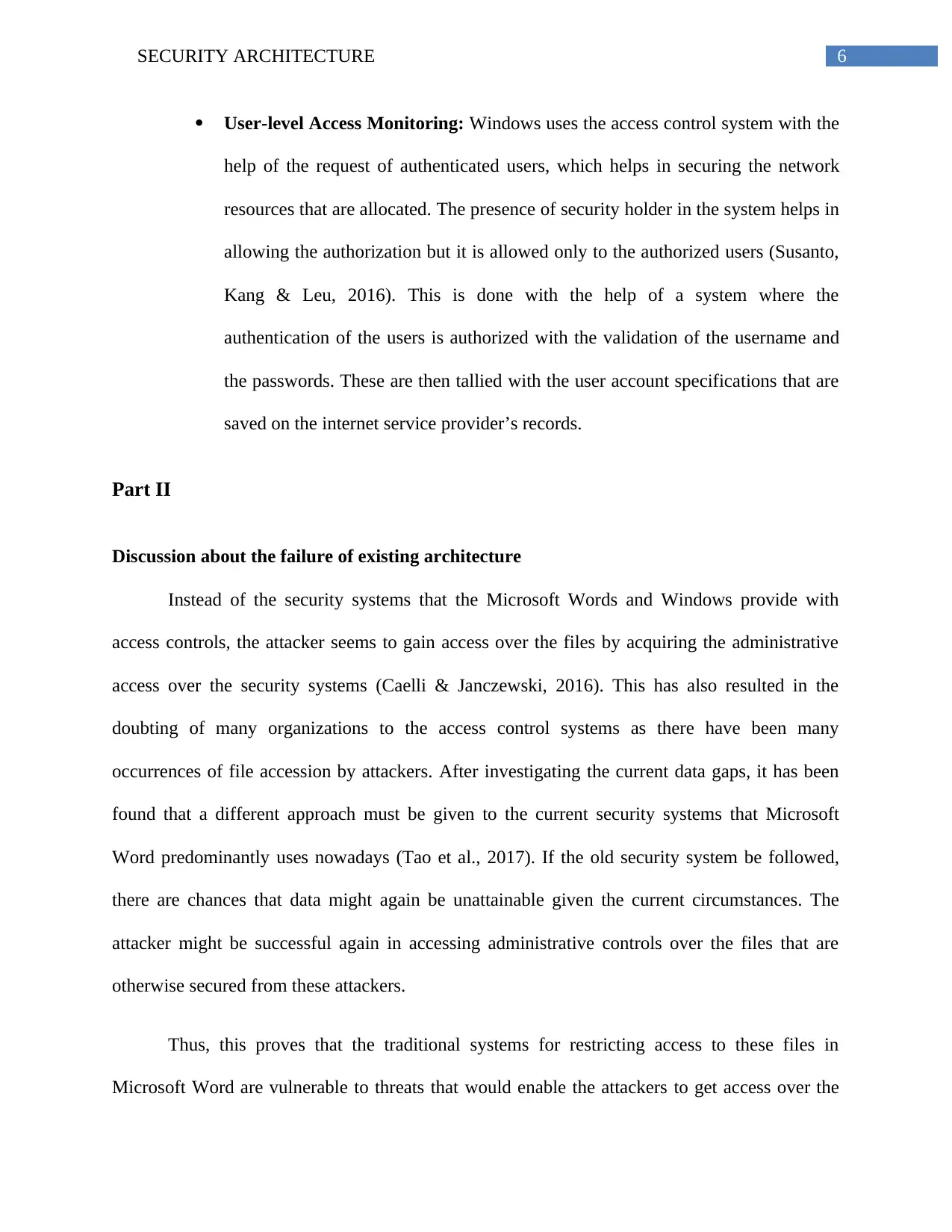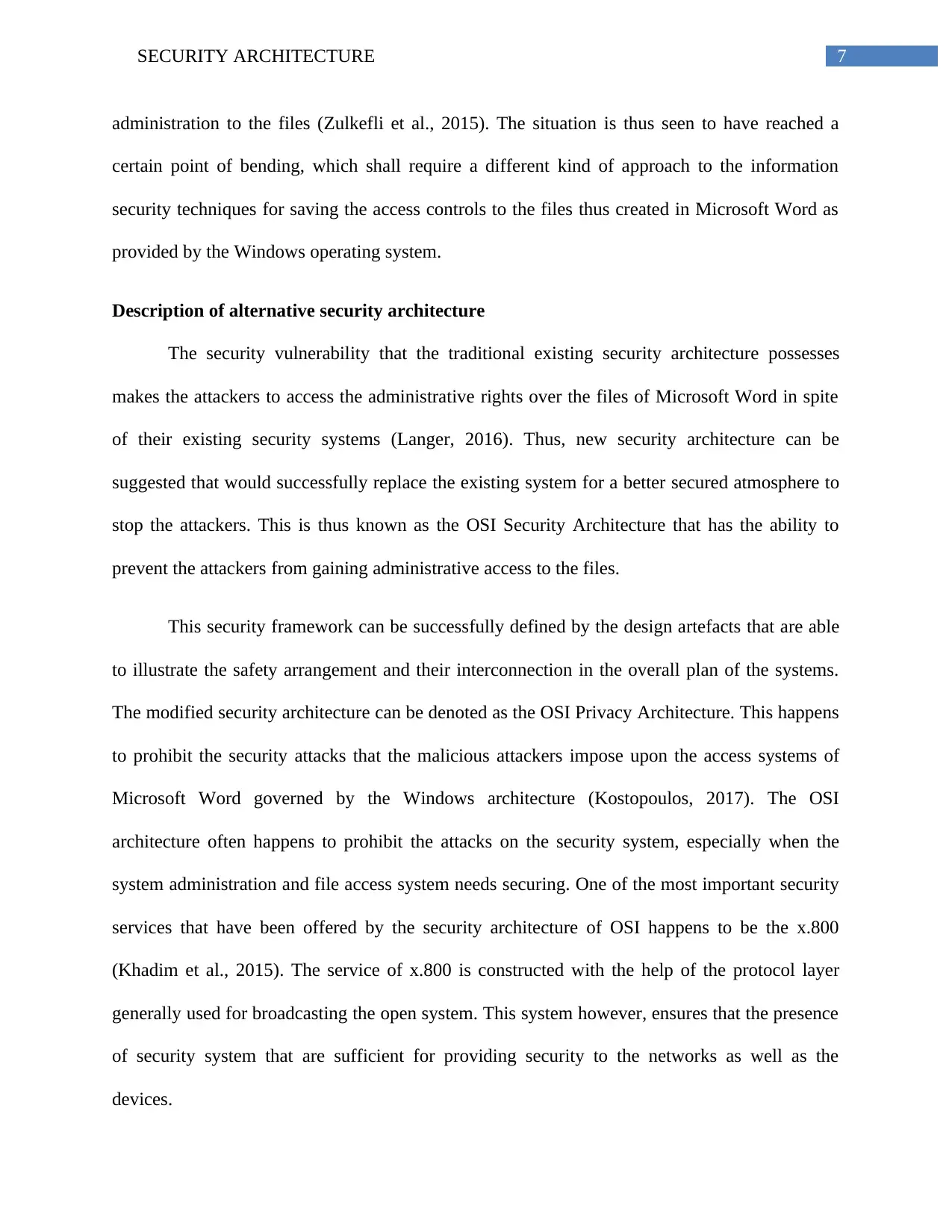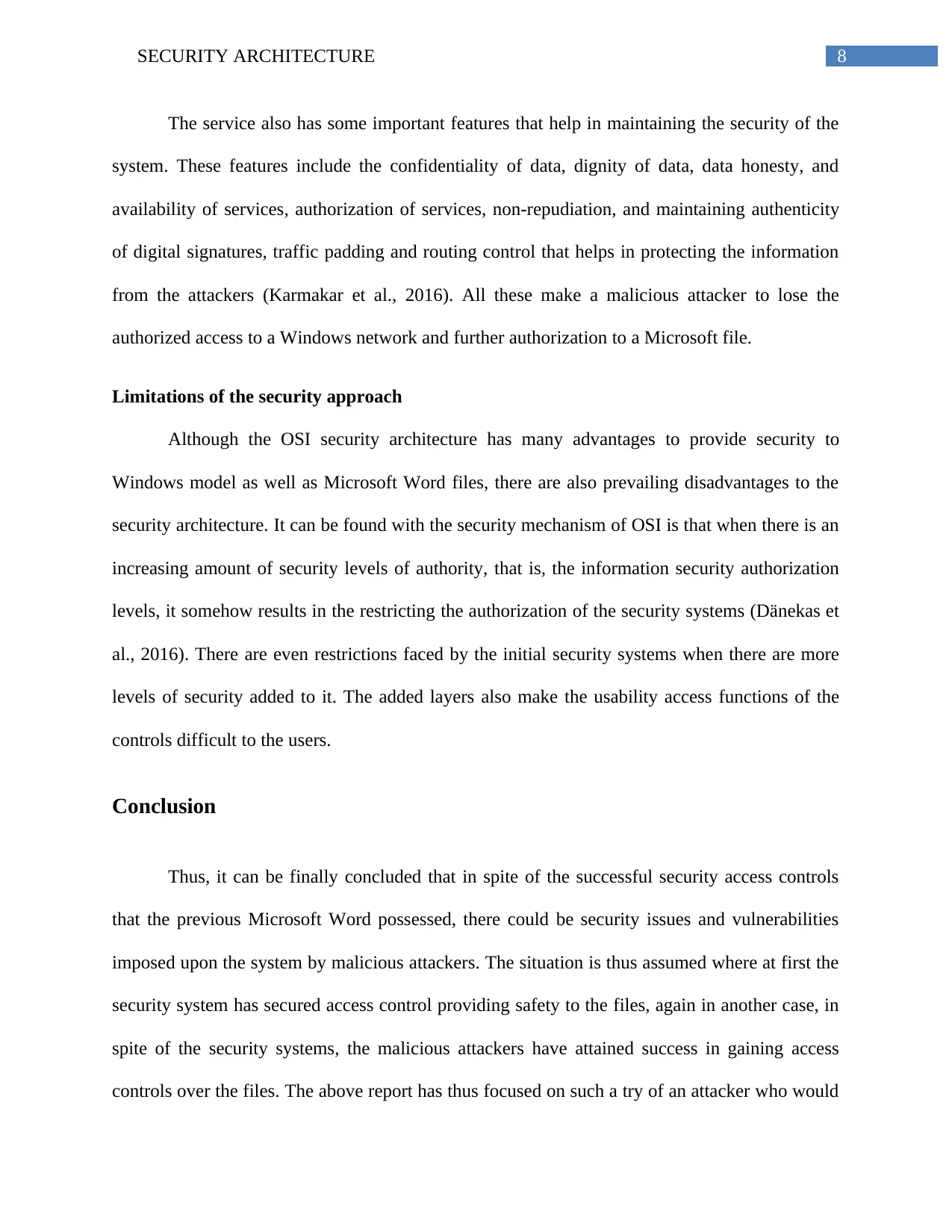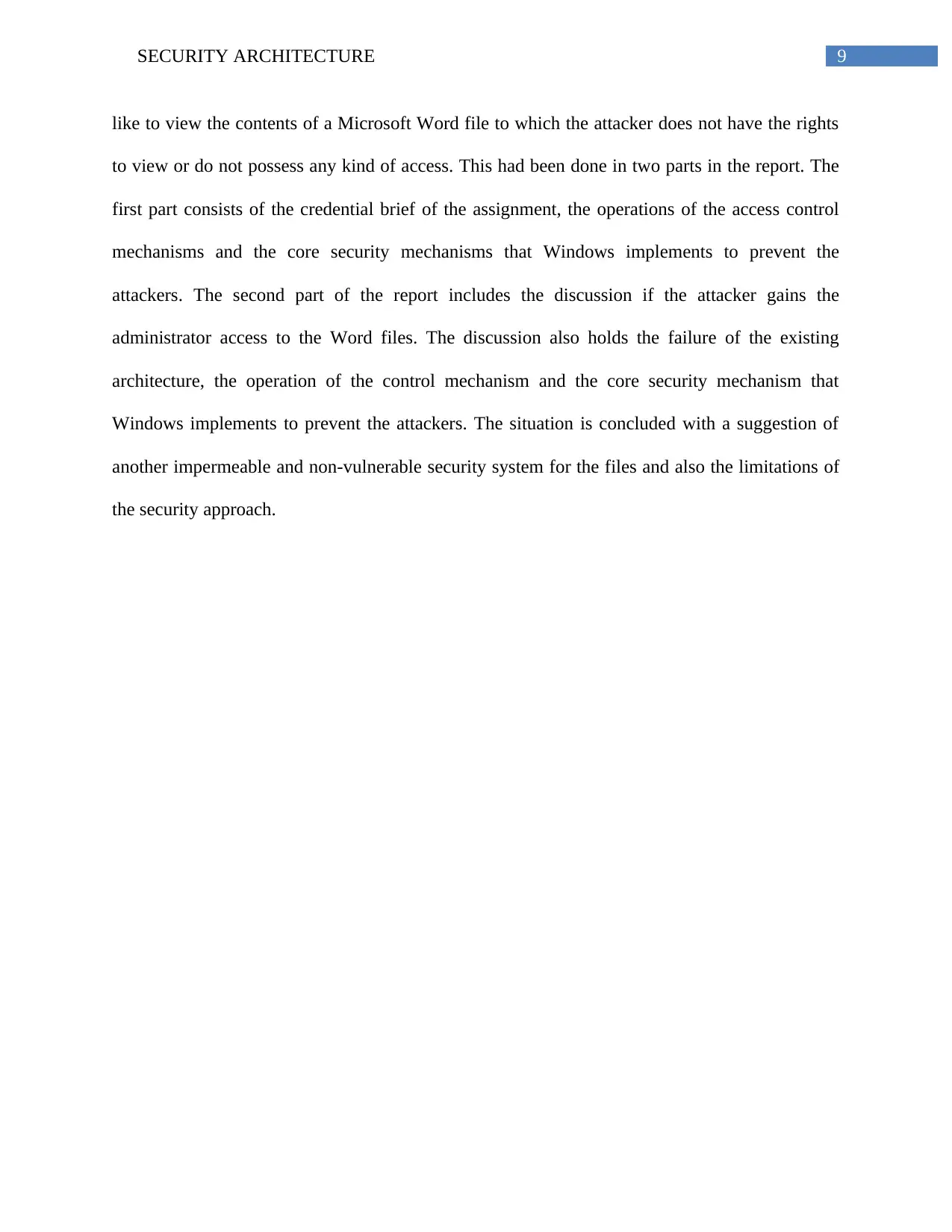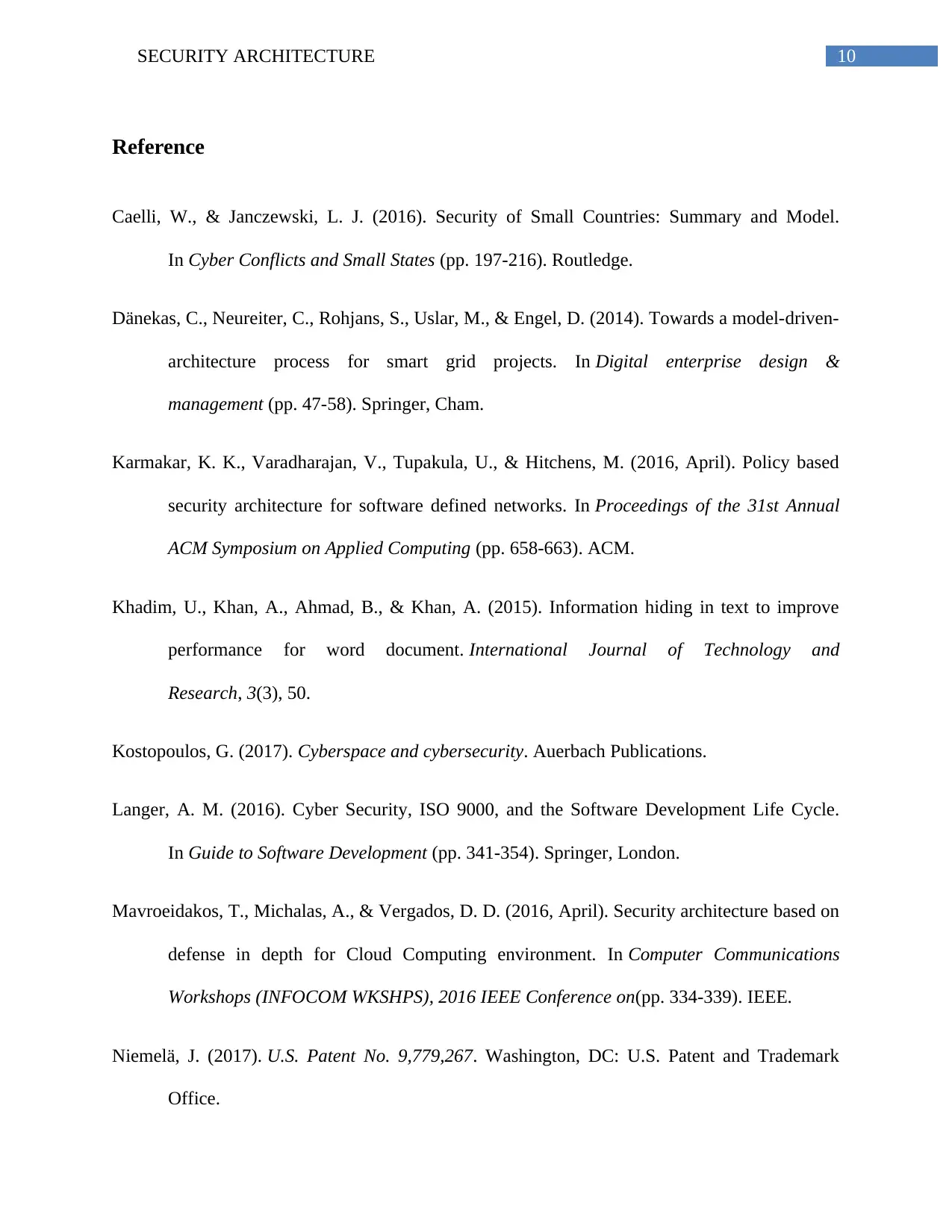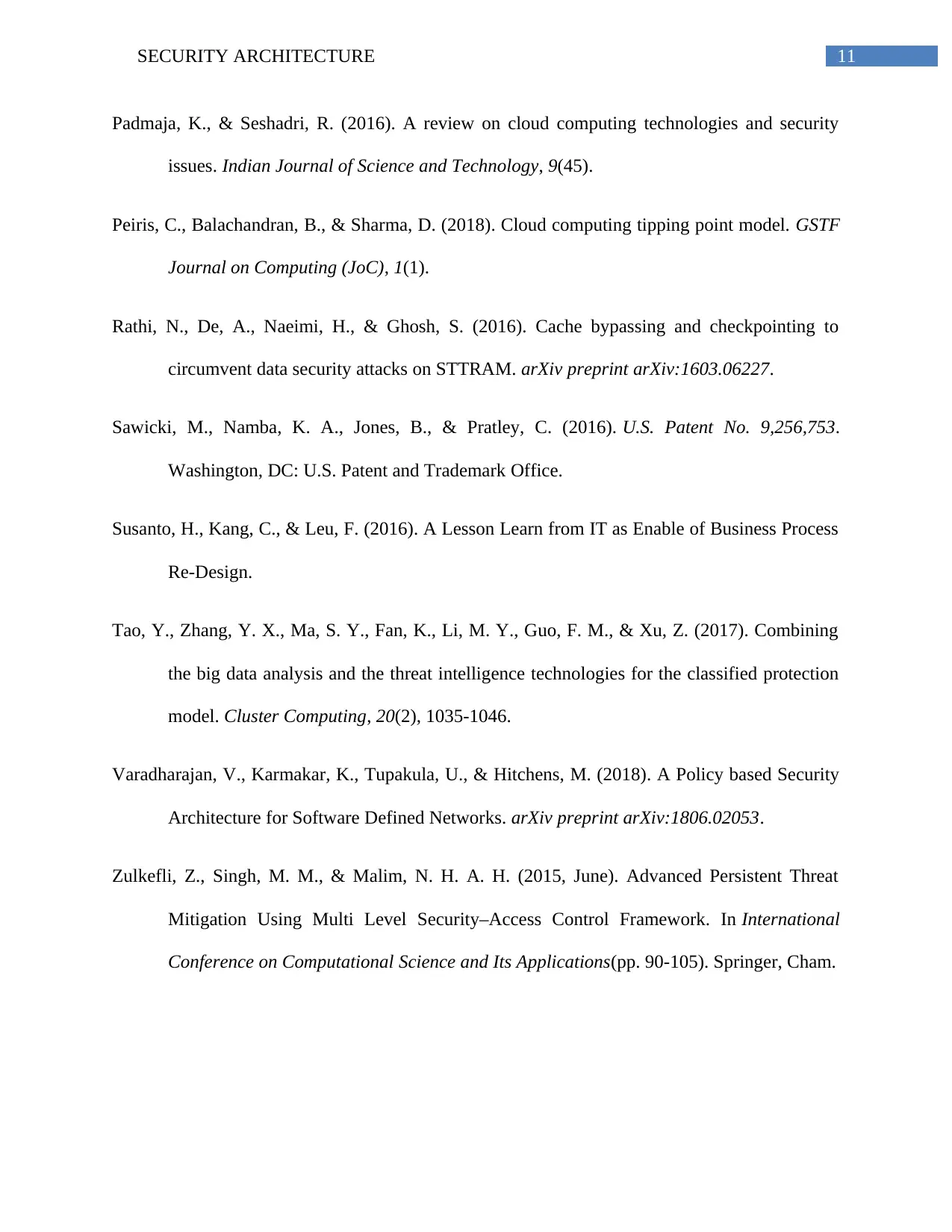This report discusses the security architecture of Microsoft Word and the core security mechanisms that Windows implements to prevent attackers. It also discusses the failure of the existing architecture and suggests an alternative security architecture. The report is divided into two parts, the first part discusses the credential brief of the assignment, the operations of the access control mechanisms, and the core security mechanisms. The second part discusses the failure of the existing architecture, the operation of the control mechanism, and the core security mechanism that Windows implements to prevent the attackers. The report concludes with a suggestion of another impermeable and non-vulnerable security system for the files and also the limitations of the security approach.
![[object Object]](/_next/static/media/star-bottom.7253800d.svg)
![[object Object]](/_next/static/media/star-bottom.7253800d.svg)
